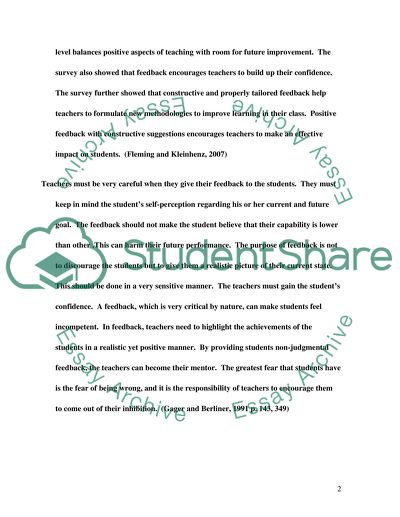Cite this document
(“Using ICT-enabled feedback to improve student learning in secondary Literature review”, n.d.)
Retrieved from https://studentshare.org/education/1413970-using-ict-enabled-feedback-to-improve-student-learning-in-secondary-schools-in-new-zealand
Retrieved from https://studentshare.org/education/1413970-using-ict-enabled-feedback-to-improve-student-learning-in-secondary-schools-in-new-zealand
(Using ICT-Enabled Feedback to Improve Student Learning in Secondary Literature Review)
https://studentshare.org/education/1413970-using-ict-enabled-feedback-to-improve-student-learning-in-secondary-schools-in-new-zealand.
https://studentshare.org/education/1413970-using-ict-enabled-feedback-to-improve-student-learning-in-secondary-schools-in-new-zealand.
“Using ICT-Enabled Feedback to Improve Student Learning in Secondary Literature Review”, n.d. https://studentshare.org/education/1413970-using-ict-enabled-feedback-to-improve-student-learning-in-secondary-schools-in-new-zealand.


